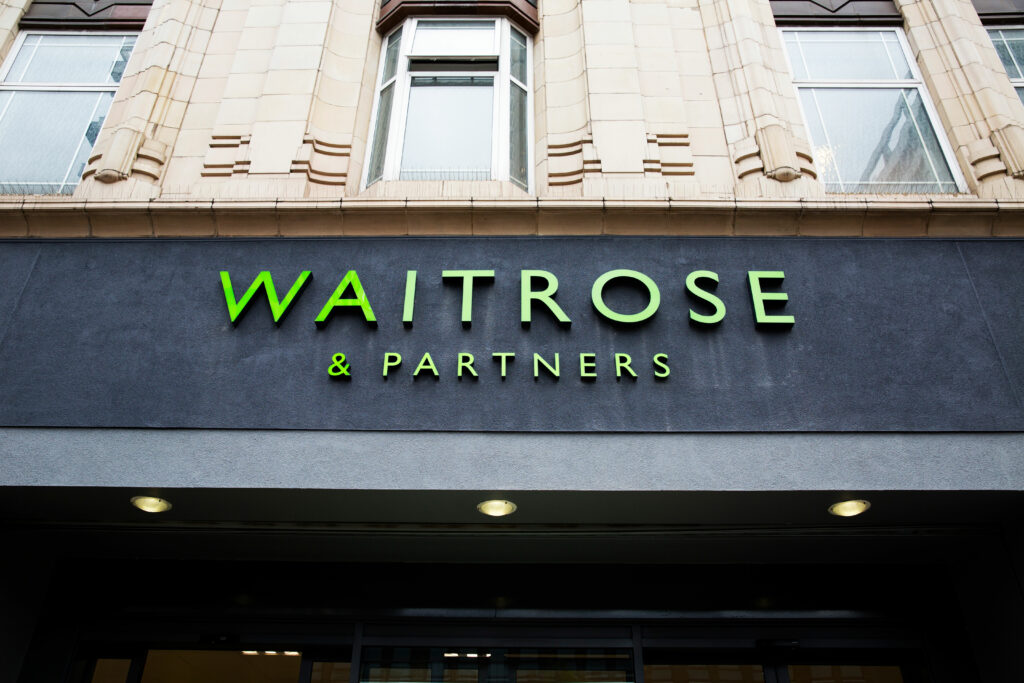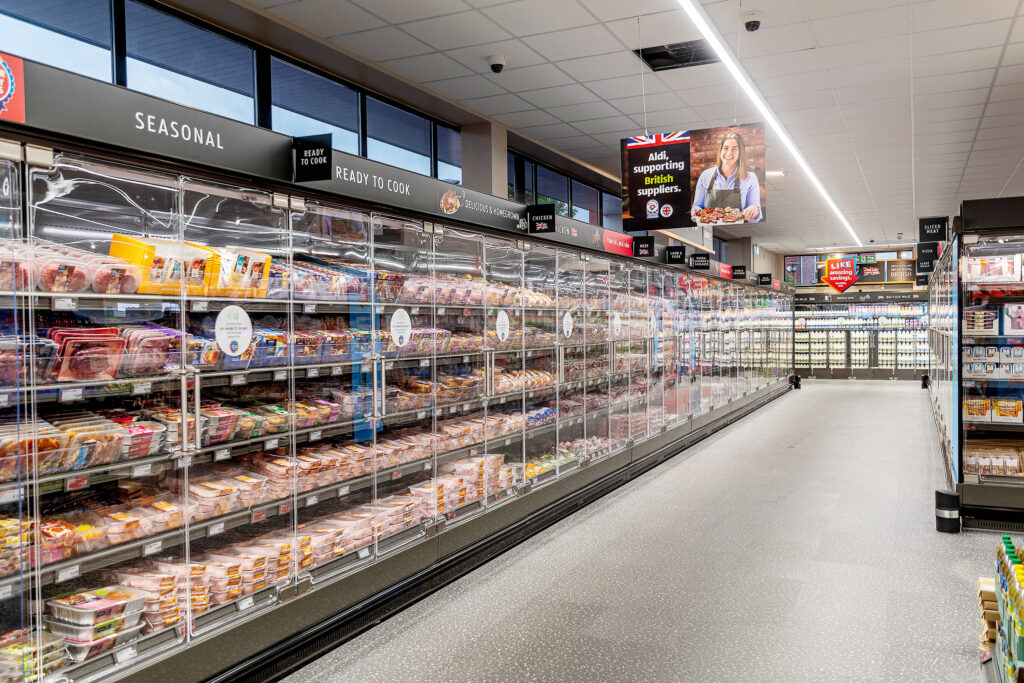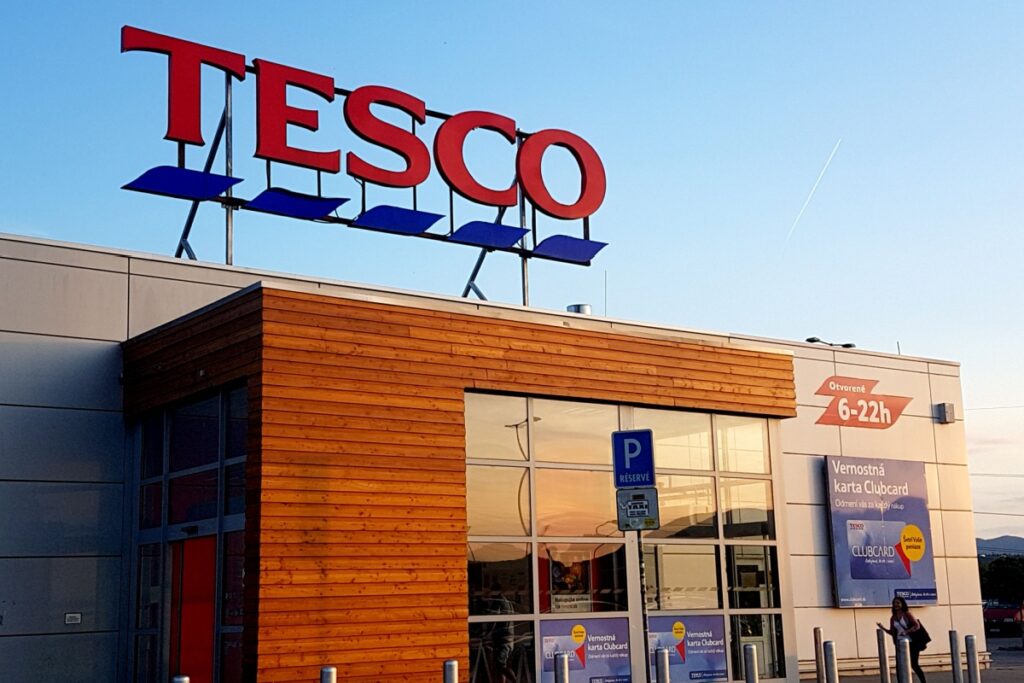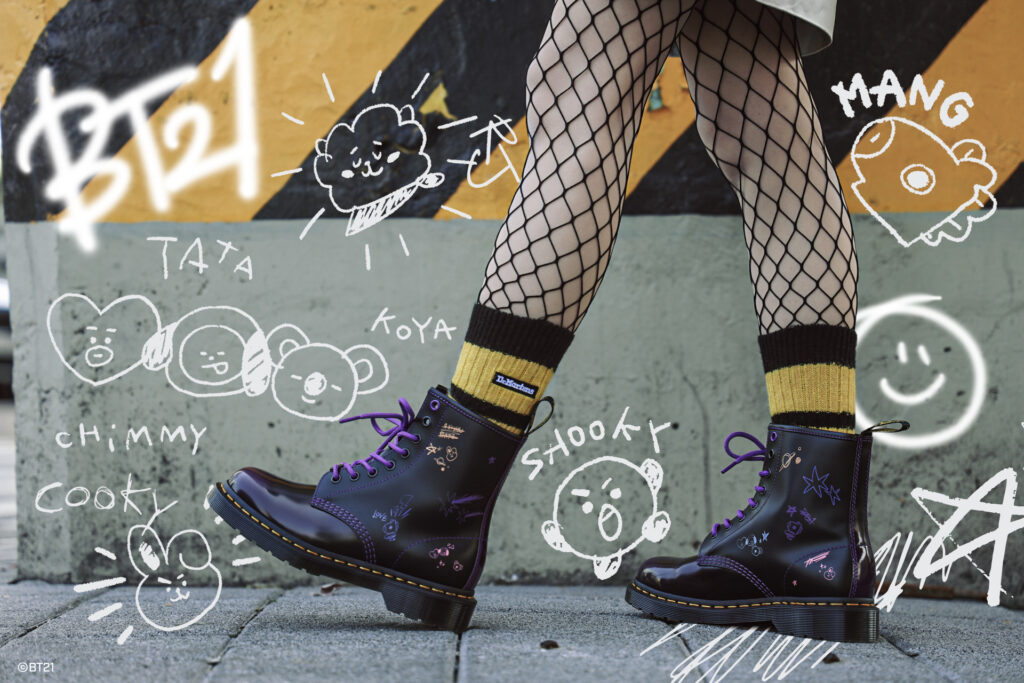After two years, M&S’ ‘Reshaping for Growth’ strategy is bearing fruit, driven by its major investment into improving the quality and value of its clothing and food as well as overhauling its store estate.
While many retailers grapple with the challenging trading environment, how is M&S defying the odds to deliver ‘remarksable’ results?
1. Avoiding promotion overload
Improving its value credentials has been a pivotal part of M&S’ strategy. Not only has it invested to keep prices low, it has radically reduced its reliance on promotions.
In food, only 12% of sales were bought on promotion last year, compared to 26% in 2017/18.
It’s a similar story in its clothing and home business where 81% of sales were made on full price last year, compared to 63% in 2019/20.
M&S CEO Stuart Machin says that M&S has worked hard to create a “first price, right price” strategy and will continue to invest in price in the year head.
“We’ve kept our prices almost flat and we intend to do that over the next 12 months as well. We’re keeping our promotions very limited and that’s in clothing, home and food,” he says.
In contrast to grocers including Tesco, Sainsbury’s and Co-op, Machin also insists it will not introduce member pricing for its Sparks loyalty scheme as he believes it puts its reputation as a “trusted retailer” at risk.
He says M&S does not do “tricksy pricing”.
“We don’t think that by giving customers who are just on Sparks different special prices, and not giving those to everyone, is being a trusted retailer,” he says.
“To be the most trusted retailer which our customers expect us to be, we are quite against a lot of ‘high-low’ promotions.”

M&S is working on a plan to “rethink” its current Sparks offer, which Machin wants to be “highly personalised”.
“We want it to mean something, but we don’t want it to be just about getting a special deal just for that day,” he adds.
2. Broadening its customer base
It’s no secret that M&S has been boosting its style in clothing to capture a wider range of customers and its strategy of delivering “much better products and style” is paying off.
Machin notes its Autograph menswear range as a standout performer, growing over 50%, and Jaeger womenswear, up over 24%, adding its “improved style has given us a broader customer base”.
He says there were “some surprises”, noting that 30% of its lingerie customers – where M&S holds a record 38% market share – are now under the age of 30.
“That’s double where we were last year,” he points out.
Machin also hints at “some very exciting collaborations” in the pipeline as its clothing offering continues to shine.
“I think we’re on a really good track when it comes to product. Our customers are resonating with our improved style and clothing,” he adds.

The retailer’s style perception went up three points this year and with customer sentiment improving, the chief executive says M&S is “in a good place”.
Across the entire business, Machin says M&S is serving 32m customers, which is “more than ever before”.
“For us to serve nearly 1 million more – over 60% now of the UK adult population – that is telling us we have broad appeal. We’re a broad church.”
In food, Machin says the retailer is seeing “more families choosing bigger baskets,” as they’re drawn to “bigger pack better value items”.
He explains: “We have a broad spectrum of customers, we don’t really focus on a certain age range.”
Subscribe to Retail Gazette for free
Sign up here to get the latest news straight into your inbox each morning
3. Third party brands
Over the past 12 months, M&S has further bolstered its third-party brand offer online in a bid to entice shoppers away from high-street rivals Next and John Lewis.
With branded sales up 32%, Machin declares: “We’re only just at the start of our brand strategy.”
While he calls its branded sales a “small number”, he emphasises it is an “important part ” of its plan.

“We’re overwhelmingly M&S, but brands expand our customer base online,” he says, explaining that branded shoppers go on to “spend more and buy more M&S”.
GlobalData’s senior retail analyst Eleanor Simpson-Gould says its strategy of bringing in desirable brands is working.
She says its clothing division, which has long been “traditionally favoured by an older demographic”, is now attracting a younger audience, drawn in by new partnerships with Nobody’s Child, Sweaty Betty and Adidas.
4. Innovative products and ranges
Machin highlights “strong innovation” as a key reason behind its success over the past year. Nowhere is that more evident than the retailer’s product range.

The retailer kicked off 2024 with a world-first collaboration with nutrition-science company Zoe to deliver a new Gut Shot, which Machin says was one of its biggest product launches ever, selling a million bottles in just the first two months.
The CEO teases that “this year is going to be absolutely an exciting year when it comes to product innovation”.
In food, he said there are “some brilliant new ranges coming out”, including fresh pizza.
M&S will also relaunch its premium ranges on its Gastropub offering.
Simpson-Gould says: “Launching 1,300 new lines in FY2023/24 the retailer has doubled down on innovation, launching new ranges and aptly ensuring its dine-in offer was front of mind for consumers seeking an economical alternative to restaurant quality meals at home.”
5. Bigger, better stores
Last year, M&S unveiled plans to invest £480m in “bigger, better stores” across the UK.
Each new store has been designed with local families in mind, with shoppers able to browse in settings with wider aisles and a clear line of sight.
Market-style food halls that stock the full M&S Food range can be found at the new stores, along with clothing, home and beauty departments, brand-new M&S cafes, alongside sustainable innovations such as ‘Fill Your Own’.
Currently, the business is working towards a target estate of 180 full line stores and 420 food stores as it eyes “significant opportunity to invest and grow in the years ahead”.

In its last financial, the retailer opened six full-line stores – five of which are in former Debenhams stores, eight bigger standalone food shops as well as eight renewed food stores.
The revamped food stores that open in 2022/23 saw sales increase by a further 14% in its last financial year, with “healthy customer metrics for frequency and basket size”.
In clothing, the renewal stores have delivered sales growth of around 50% from similar space,
Machin says: “The important thing here is we’re creating a different shopping experience”.
The retailer adds: “New and renewed stores are attracting new customers and returns on investment have been strong. Investment is planned to increase as attractive new sites are secured, and as renewal performance continues to be robust.”
It expects to open nine new food locations and up to four new full-line stores in the year ahead.
Click here to sign up to Retail Gazette‘s free daily email newsletter

















